Water is an essential part of your daily life and health, and that’s the reason why many of you may wonder where your drinking water comes from. A variety of water is available in the market, and spring water and purified water are highly popular.
If you’re curious to know the differences between purified water and spring water to understand which one is better for consumption, you’re in the right place.
This thorough guide will discuss purified water vs spring water in detail to help you make the right decision.
Let’s start.
What is Spring Water?
A popular type of bottled water available in the market, spring water comes from underground. As per the EPA, spring water makes its way into our homes from an underground water basin. The water flows naturally and reaches the surface of the earth.

The natural sources of spring water are mostly found in valleys, natural reserves, and hilly and mountain areas. Spring water is extracted manually if it does not rise to the surface on its own. Usually, spring water is considered to be pre-filtered as it flows through the earth’s natural filters such as sandstone, clay, and limestone.
After successful collection of the spring water, it goes through a series of steps to ensure it meets the safety standards of the EPA and FDA.
What is the Process of Making Spring Water?
Areas that particularly have limestone or thick bedrock are the spots where spring water occurs naturally. As limestone is soft, it allows the water to flow through it easily. When the water flows through the limestone rocks, it takes all the vital nutrients and minerals.
The word spring represents the high levels of water found in the underground aquifer, leading to excessive amounts of water on the earth’s surface. As spring water seeps through various rocks, it is filtered naturally and gets filled with essential minerals.
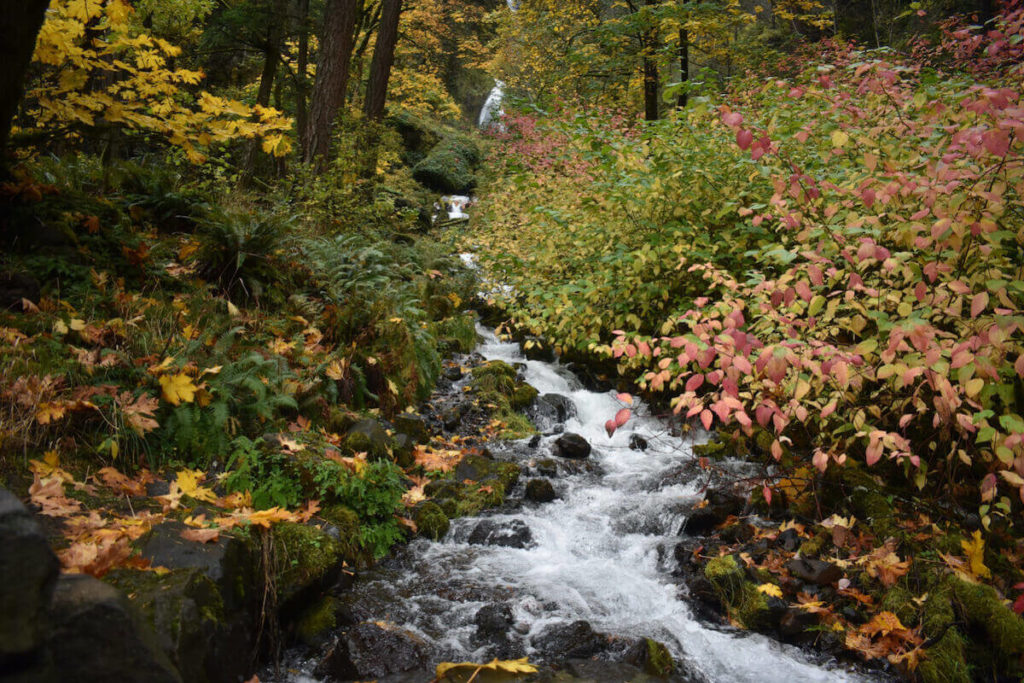
This is why spring water is fresh and clear, and many consumers prefer to consume spring water without further filtration. In its natural form, spring water is considered to be rich in nutrients and safe for consumption.
However, spring water can sometimes get in touch with parasites and other harmful components that may degrade its quality.
Spring water goes through a series of tests and filtration procedures before bottling. Unlike other forms of filtered water, spring water retains all the essential minerals and nutrients even after it is filtered. Hence, allowing you to enjoy the natural and refreshing taste of spring water.
Advantages of Spring Water
Spring water is extremely pure and what makes it so healthy is the fact that it has a good amount of minerals required by your body. Another advantage of spring water is that it is safe for consumption for everyone.

When compared, drinks made using spring water are sweeter and taste better than drinks made using distilled or purified water.
The EPA takes all the necessary precautions to regulate water piracy and ensure that the spring water we consume is pure and clean. This is because spring water comes from a natural source and is not available abundantly.
What is Purified Water?
To put it in simple words, purified water is water that has been processed and filtered mechanically for the removal of chemical pollutants, unwanted components, viruses, and bacteria. The filtration process also eliminates harmful minerals such as copper and lead from the water.

Tap water goes through purification to make it clean and safe for consumption in the United States of America. The tap water goes through several methods of treatment. These treatment methods include:
1. Flocculation & Coagulation
To start with the process of purification of tap water, positively charged chemicals are added to it.
By adding these chemicals, the negatively charged chemicals get neutralized. These chemicals include unwanted contaminants, dirt, and debris. This step also results in the formation of large particles named floc.
2. Sedimentation
In this step, the floc gets settled at the bottom due to its heaviness. This results in clear water left above the floc.
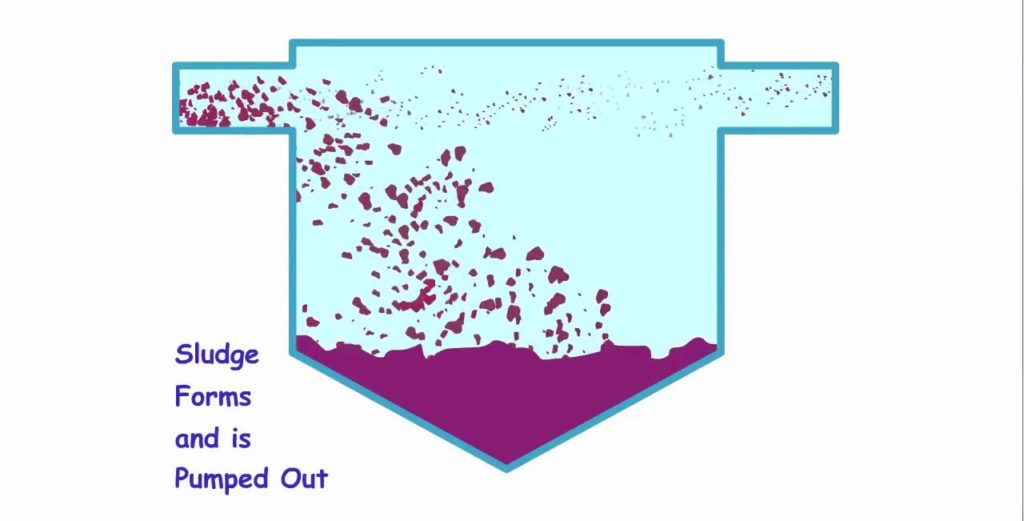
3. Filtration
After sedimentation comes filtration. In this process, the water is made to go through various filters of different compositions like gravel, sand, and charcoal. These filters further eliminate chemical contaminants, dirt, dust, and other unwanted substances present in water.
4. Disinfection
Soon after the water is filtered, it is disinfected before being ready for consumption. A chemical disinfectant such as chloramine or chlorine is added to the water to disinfect it and eliminate any other viruses or bacteria.
The amount of disinfectant added is monitored to ensure it is safe for your consumption.
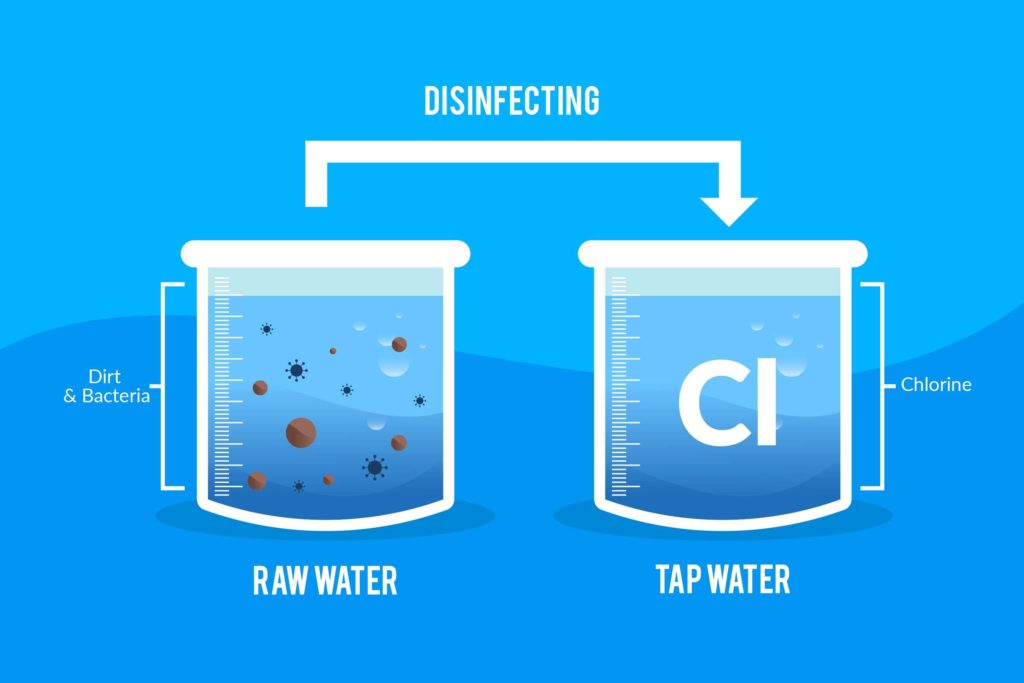
Numerous other purification methods may be used to produce purified bottled water or purified water at home. These methods include:
- Reverse Osmosis — It is a process where the water is forced through a semipermeable membrane and various filters to purify it.
- Deionization — In this process, ion exchange is used to get rid of unwanted particles from the water.
- Distillation — In this process, water is turned into steam to ensure the removal of contaminants. Then, it is recondensed into fresh and clean liquid water.
- Ozonation — Ozonation is when ozone is infused into the water to disinfect it. Companies prefer ozone gas because it doesn’t have a distinctive smell or taste.
Companies can only label their water purified if it meets the safety standards set by the EPA and FDA. You can also invest in a quality filter for your home to purify your home’s water supply.
What is the Process of Making Purified Water?
Purified water can be made from any water source, such as tap water or groundwater. The process of purification of water includes various steps of filtration, and the most common filtration methods used to purify water are reverse osmosis filtration systems and carbon water filters.
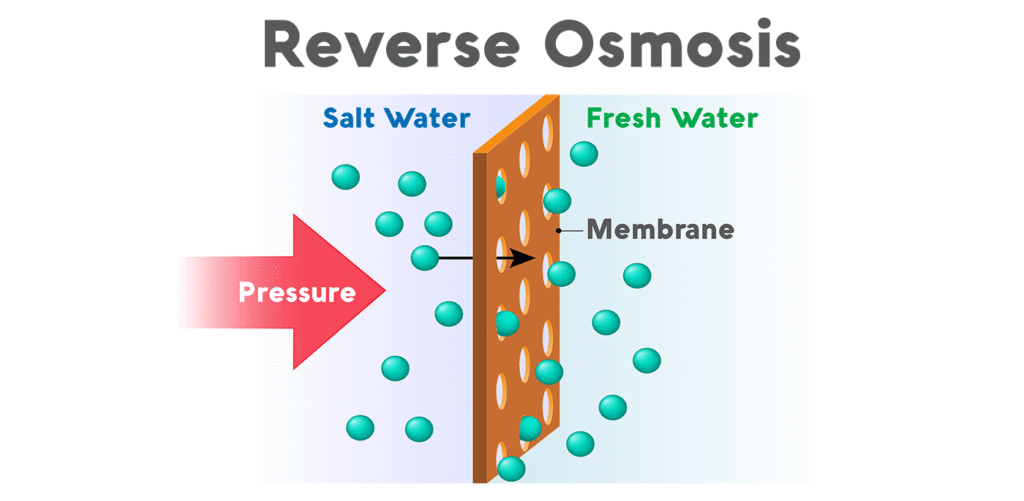
In the process of reverse osmosis, the water is forced through a semipermeable membrane which only allows clean water particles to flow through it, ensuring that all the impurities and contaminants are left behind. As a result, you get clean, sterilized, and pure drinking water.
Distilled water is also considered a type of purified water as distillation is a process wherein the water is boiled to convert it into steam, which is then condensed to turn it back into clean, fresh, and clear water.

Distillation is known to be highly effective as it ensures that all the heavy solids and impurities such as bacteria, protozoa, viruses, and sulfates are left behind. Unfortunately, distillation may also remove essential minerals from your water.
Advantages of Purified Water
One of the main advantages of purified water is that it is extremely safe for human consumption. It goes through various filtration procedures to remove all the pathogens, bacteria, viruses, and harmful chemicals.
These contaminants can be harmful to one’s health, and hence, it becomes necessary to get rid of them while purifying water.
Plants also prefer purified water as they can absorb it easily. Moreover, purified water has a good taste and smell. The water is not purified using metal filters or additives to ensure it has a neutral taste. Lastly, purified water is hydrating and pure.
Purified Water vs Spring Water
Both purified water and spring water are impeccable choices for consumption. Both of these waters are clean, clear, and safe for consumption. The type of water you pick will depend on your personal preference and accessibility.
People usually tend to choose the water that smells and tastes good, which is a matter of personal choice. However, spring water seems to be a more popular choice among the two as it has higher mineral content.
A downside of consuming spring water regularly is that it may prove to be highly expensive for you. You can also choose to invest in a good home filter to get purified water at home. Investing in a water filter will prove to be a smarter option in the long run.
Your Daily Water Consumption
Weather conditions in the area you live in, your age, health, and the physical activities you’re involved in are some of the many factors that determine your body’s water requirements in a day.
We recommend you simply listen to your body and drink water whenever you feel thirsty. Another way to ensure you’re drinking enough water is by noticing the color of your urine. It should either be clear or pale yellow. If you spend a lot of time in the heat, make sure you drink enough water to stay hydrated.
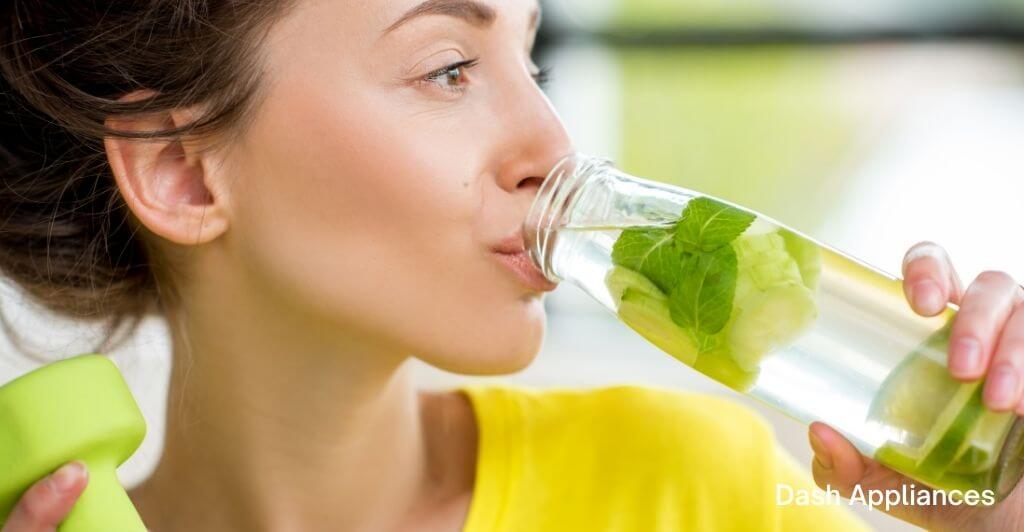
If you are aiming to start drinking more water in a day, you can use these tips to achieve your water consumption goals:
- Always carry a water bottle wherever you go.
- Invest in a good filter for your home if you don’t like the taste of tap water.
- Make it a habit to take a few sips of water every 30 minutes.
- Set water drinking reminders on your phone.
- Add cucumber, mint, lemon, or other fruits to enhance the quality and taste of water.
Final Thoughts
Water is a vital source of life, and it is essential to consume enough water every day. More importantly, it is important to drink safe and healthy water. Developed countries, including the United States of America, are privileged with numerous forms of clean, fresh, and safe drinking water. Both spring water and purified water are popular forms of clean drinking water.
In this article, we discussed both of these forms of water in detail, along with discussing their benefits and understanding their processes thoroughly. We hope this guide allows you to make the right decision for yourself and pick the form of water that suits you best.
